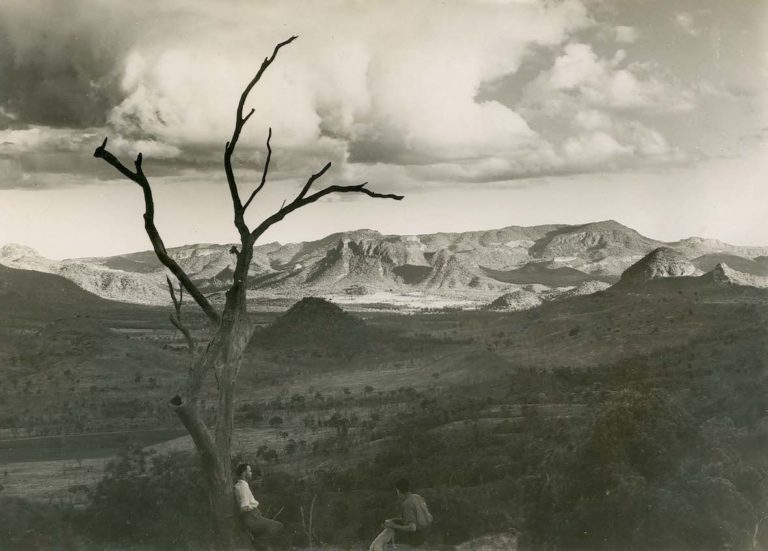
The polls look grim for the Coalition. Will Queensland buck the trend again?
Awaiting the official start of the 2022 campaign, published polls show Labor is comfortably ahead of the government. Pundits agree this year’s election is Albanese’s to lose, but predictions range along a spectrum from a Labor landslide to a narrow win, to a finely balanced hung parliament.

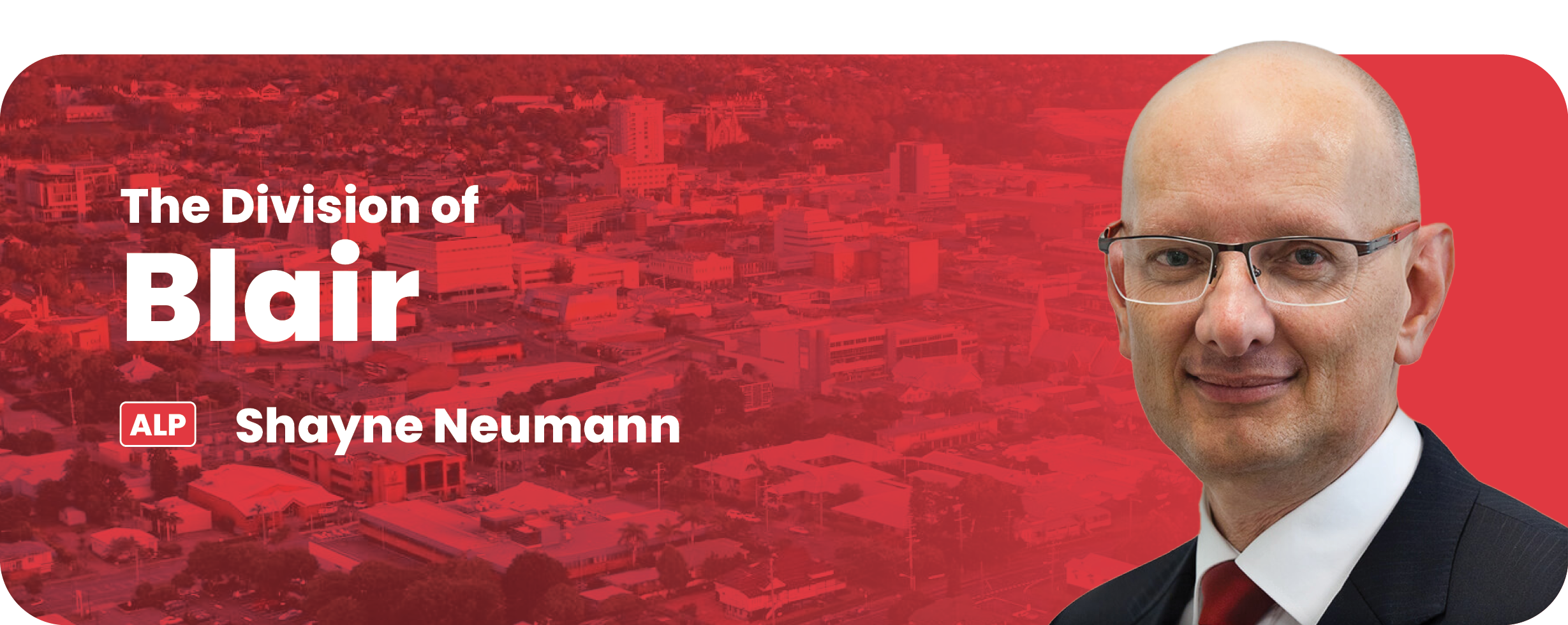
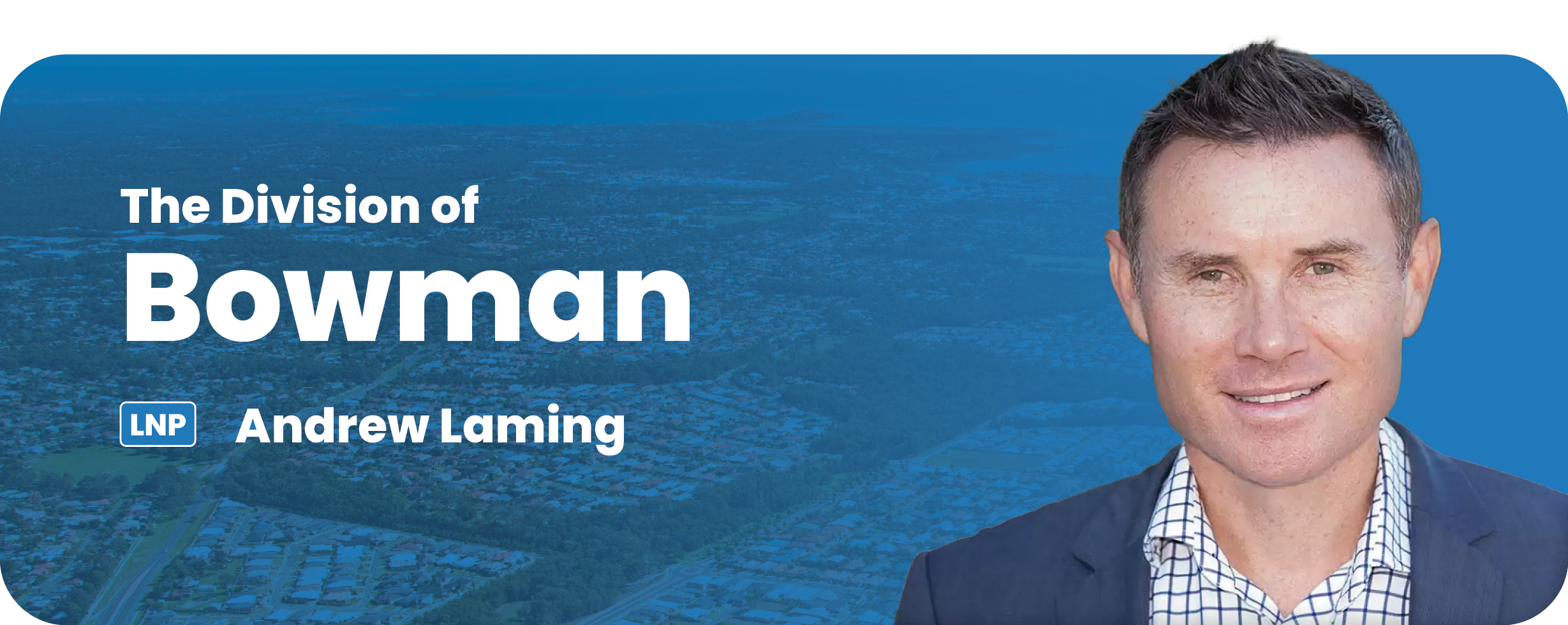
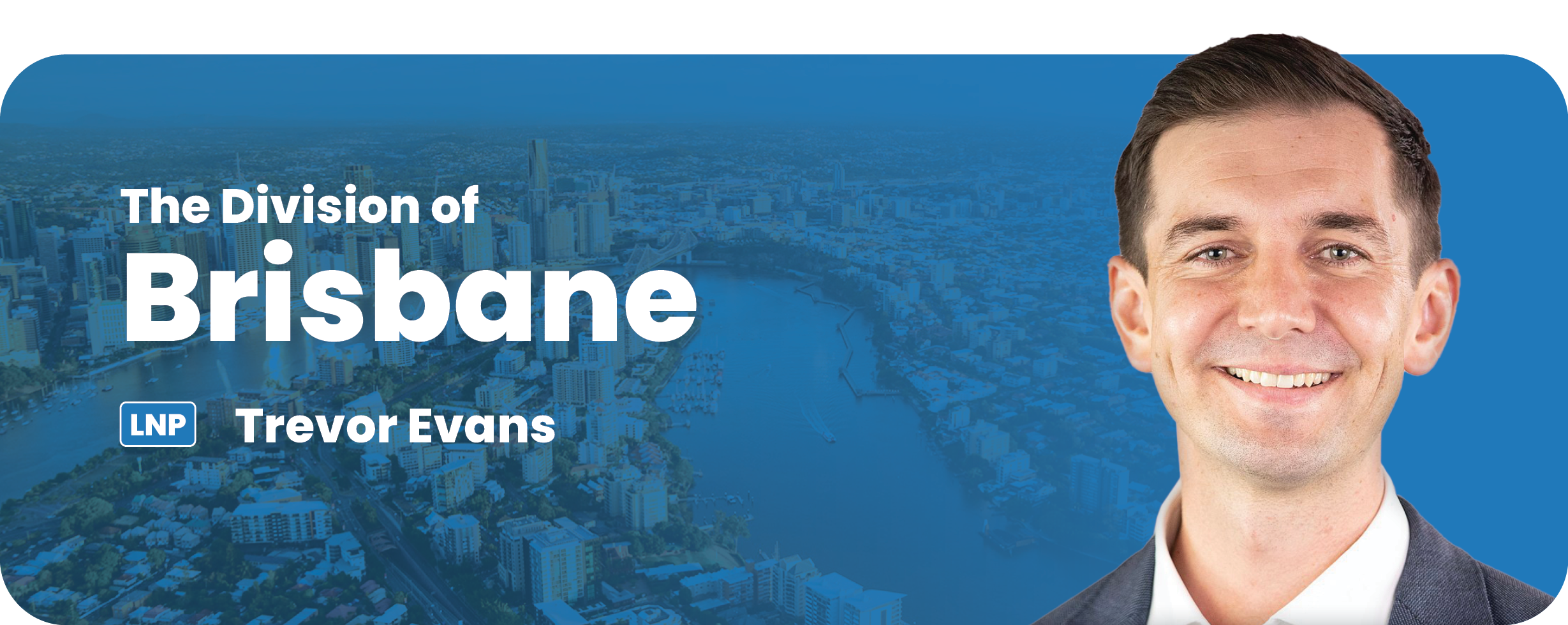
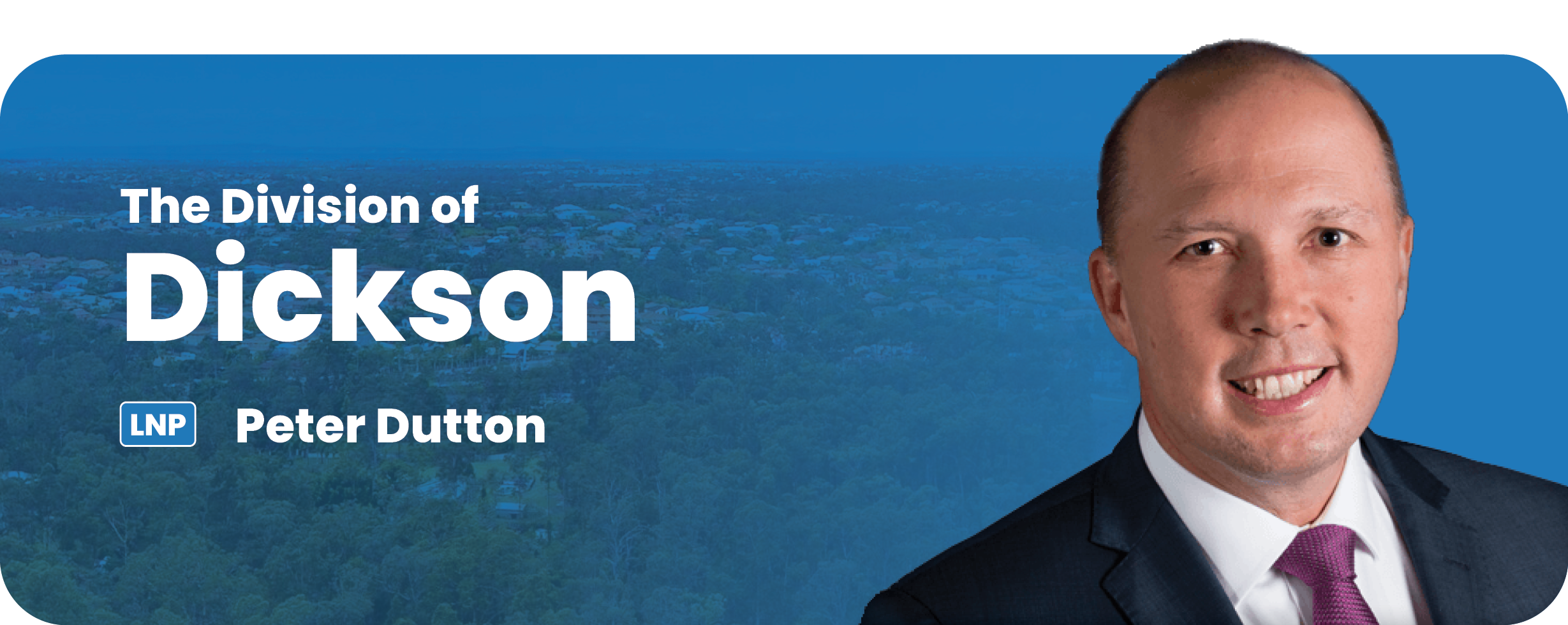



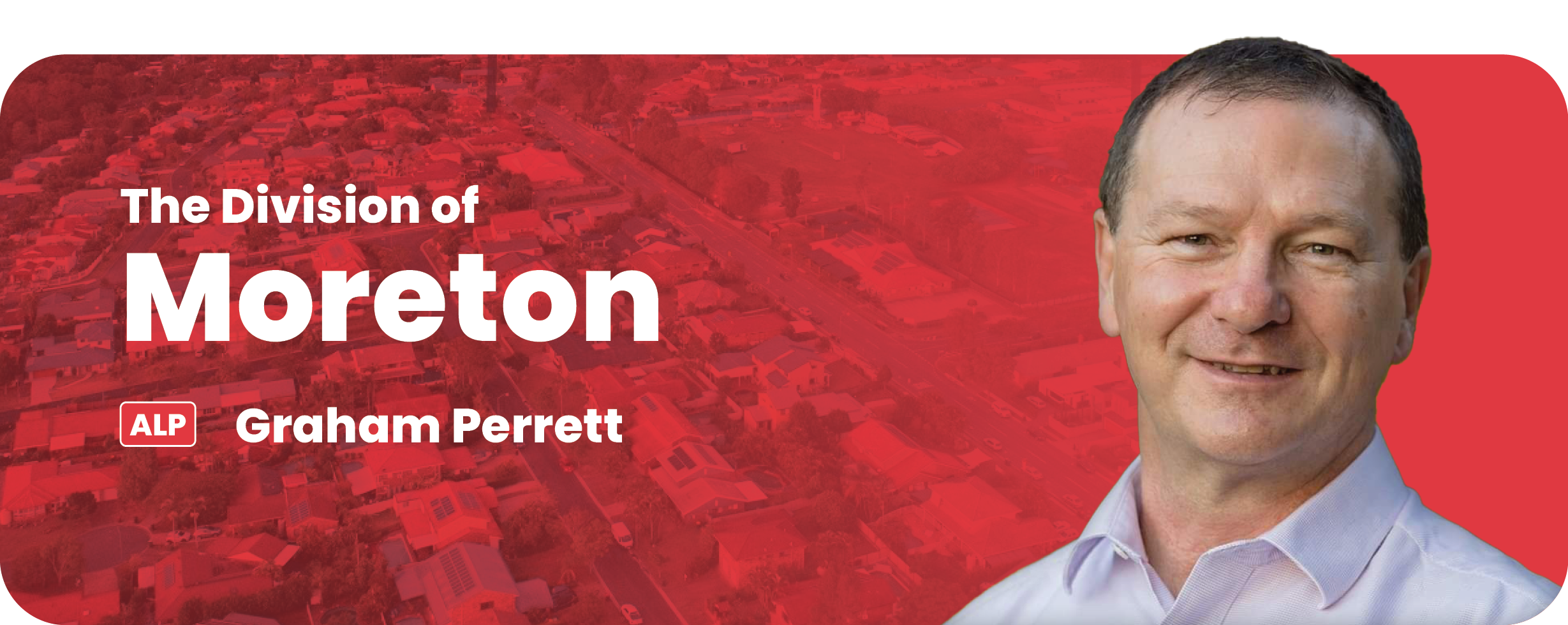


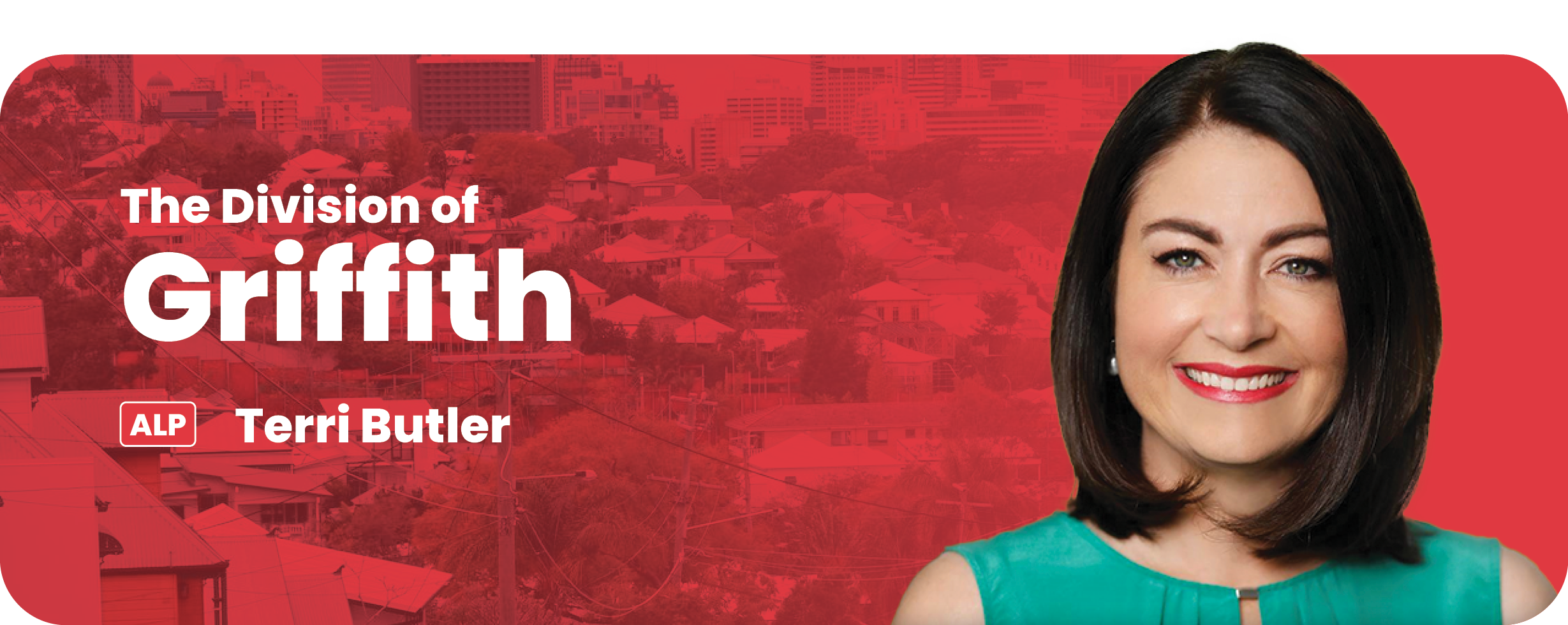
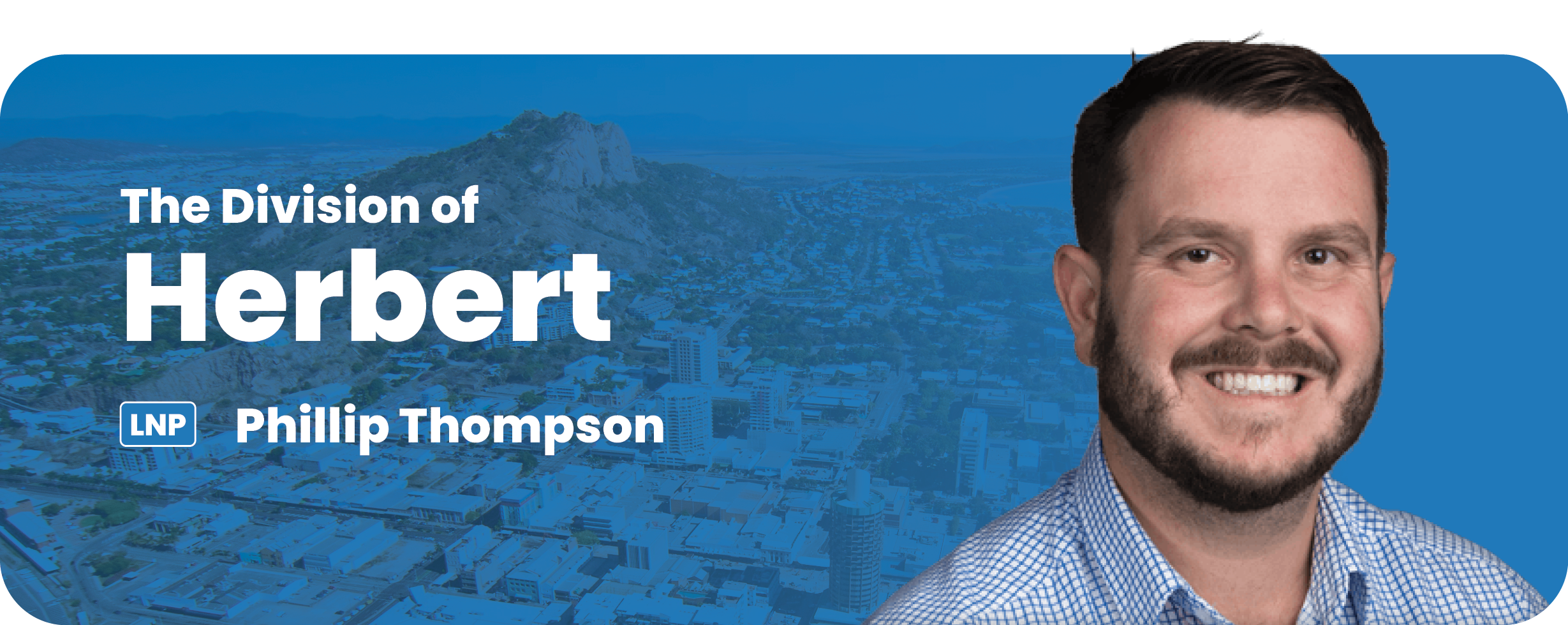

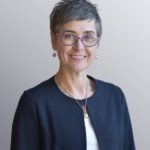

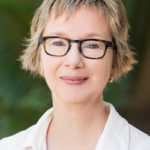 Jenny Menzies is a consultant in the
Jenny Menzies is a consultant in the 
